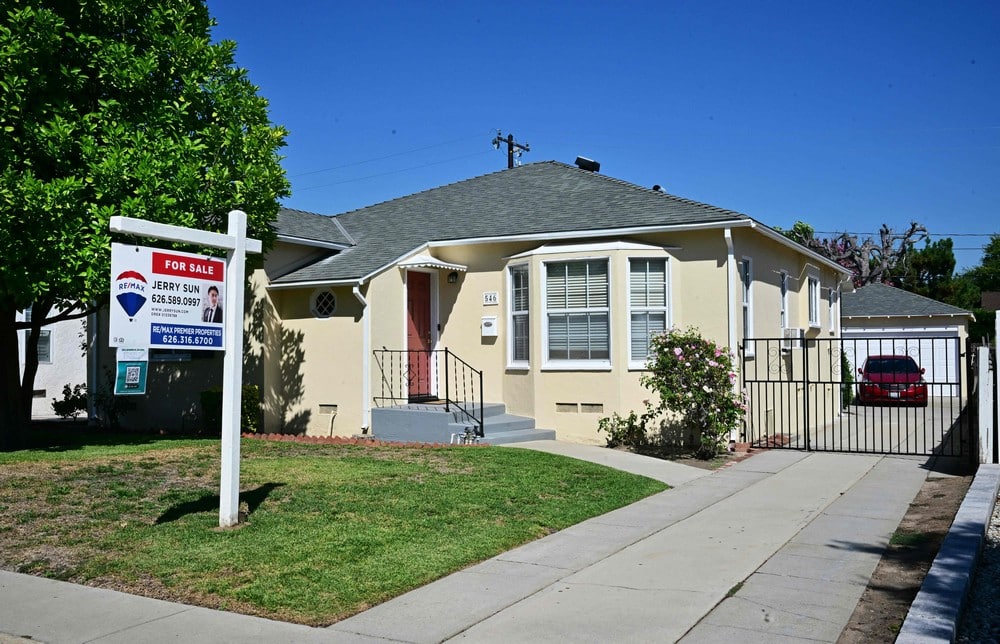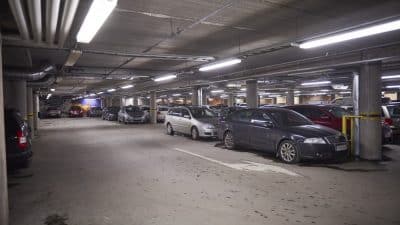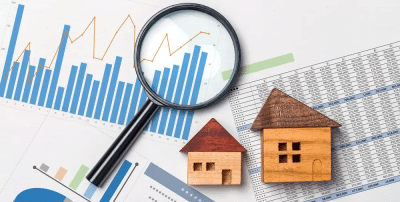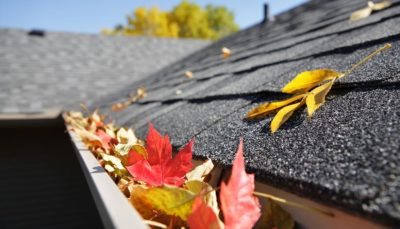
Buying a home is one of the biggest financial decisions you will ever make. Whether you’re a first-time homebuyer or planning to upgrade, budgeting for a home purchase is essential to avoid financial stress and ensure long-term stability. A well-thought-out budget helps you determine how much home you can afford, plan for upfront costs, and prepare for ongoing expenses associated with homeownership.
In this guide, we’ll walk you through the key steps to budgeting for a home purchase, covering everything from calculating affordability to managing hidden expenses.
1. Determine How Much Home You Can Afford
The first step in budgeting for a home is determining your price range. Lenders typically use two key ratios to assess affordability:
🔹 The 28/36 Rule: Financial experts suggest that:
- Your monthly housing costs (mortgage, property taxes, and insurance) should not exceed 28% of your gross monthly income.
- Your total monthly debt payments (including housing, credit cards, student loans, and car payments) should not exceed 36% of your gross income.
🔹 Debt-to-Income (DTI) Ratio:
Lenders use this ratio to assess how much debt you have compared to your income. A lower DTI increases your chances of getting a mortgage with better rates. Most lenders prefer a DTI of 43% or lower.
💡 Example: If your monthly income is $6,000, ideally, your total housing costs should be under $1,680 (28% rule), and total debts should be under $2,160 (36% rule).
📌 Tip: Use a mortgage affordability calculator to estimate what you can afford based on your income, debts, and expected mortgage rates.
2. Save for a Down Payment
Your down payment is one of the most significant upfront costs in buying a home. The amount you need depends on the loan type and lender requirements:
✅ Conventional Loan: Typically requires 5-20% down.
✅ FHA Loan: Requires as little as 3.5% down (for borrowers with a credit score of 580+).
✅ VA Loan: No down payment required (for eligible veterans and military personnel).
✅ USDA Loan: No down payment required (for eligible rural homebuyers).
💡 Why a Larger Down Payment Helps:
✔ Avoids private mortgage insurance (PMI) if you put down 20% or more.
✔ Lowers monthly mortgage payments and reduces the loan amount.
✔ Improves mortgage approval chances and can secure better interest rates.
📌 Tip: Open a high-yield savings account specifically for your down payment and set up automatic contributions.
3. Account for Closing Costs and Fees
Many homebuyers focus on the down payment but forget about closing costs, which typically range from 2% to 5% of the home’s purchase price.
🔹 Common Closing Costs:
- Loan origination fees (charged by the lender)
- Appraisal fees (to assess the home’s value)
- Home inspection fees (optional but highly recommended)
- Title insurance (protects against ownership disputes)
- Property taxes and homeowner’s insurance (prepaid at closing)
💡 Example: If you buy a $300,000 home, expect closing costs between $6,000 and $15,000.
📌 Tip: Ask the seller if they are willing to cover part of the closing costs (seller concessions) or negotiate lower fees with your lender.
4. Budget for Ongoing Homeownership Costs
Owning a home comes with recurring expenses beyond your monthly mortgage payment. Proper budgeting ensures you can handle these costs without financial strain.
🔹 Recurring Homeownership Costs:
✔ Mortgage Payment – Principal & interest based on your loan terms.
✔ Property Taxes – Varies by state and county; typically 1-2% of home value annually.
✔ Homeowner’s Insurance – Protects against damages and liabilities.
✔ Private Mortgage Insurance (PMI) – Required if your down payment is less than 20%.
✔ Utilities (Electricity, Water, Internet, Trash, Gas) – Budget for higher utility costs compared to renting.
✔ HOA Fees (If applicable) – Homeowners association fees cover maintenance of shared spaces.
💡 Example: If your home costs $300,000, expect annual property taxes between $3,000 and $6,000, plus insurance around $1,200 per year.
📌 Tip: Use a homeownership cost calculator to estimate your total monthly expenses.
5. Plan for Maintenance and Repairs
Unlike renting, homeowners are responsible for all repairs and maintenance. Failing to budget for unexpected costs can strain your finances.
🔹 How Much to Budget for Maintenance?
✅ 1% Rule: Save at least 1% of the home’s value per year for repairs.
✅ Square Foot Rule: Budget $1 per square foot per year for maintenance.
💡 Example: If your home costs $300,000, set aside $3,000 per year ($250/month) for home maintenance.
📌 Tip: Create an emergency fund for unexpected repairs like a roof replacement, plumbing issues, or HVAC system failures.
6. Factor in Moving Costs and Furnishings
Moving into a new home comes with additional expenses that can add up quickly. Many homebuyers underestimate moving costs, furniture, and home upgrades.
🔹 Moving Costs Include:
✔ Hiring movers (ranges from $500 to $3,000 depending on distance).
✔ Packing supplies (boxes, tape, bubble wrap).
✔ Utility setup fees (activation fees for water, internet, and electricity).
✔ Furniture and appliances (new home layouts may require new items).
💡 Example: Setting up a new home could cost $3,000 – $10,000, depending on what you need.
📌 Tip: Plan ahead and budget for essentials first (beds, refrigerator, washer/dryer) before splurging on decorative items.
7. Get Pre-Approved for a Mortgage
Before you start house hunting, get pre-approved for a mortgage. A pre-approval gives you a realistic price range, strengthens your buying position, and speeds up the closing process.
🔹 Benefits of Mortgage Pre-Approval:
✔ Shows sellers you’re a serious buyer.
✔ Helps set a clear budget for home shopping.
✔ Identifies potential credit or income issues early.
📌 Tip: Compare mortgage offers from multiple lenders to find the best interest rates and loan terms.
Final Thoughts on Budgeting for a Home Purchase
Buying a home requires careful financial planning. By understanding how much you can afford, saving for upfront costs, and preparing for long-term expenses, you’ll set yourself up for a successful and stress-free home purchase.
✔ Determine affordability using the 28/36 rule.
✔ Save for a down payment and closing costs.
✔ Budget for homeownership costs like taxes, insurance, and maintenance.
✔ Plan for moving expenses and furnishings.
✔ Get pre-approved for a mortgage before house hunting.
📌 Next Steps: Want to improve your mortgage approval chances? Read our guide on How to Improve Your Credit Score Before Buying a Home.
🚀 Start budgeting today so you can buy your dream home with confidence!








